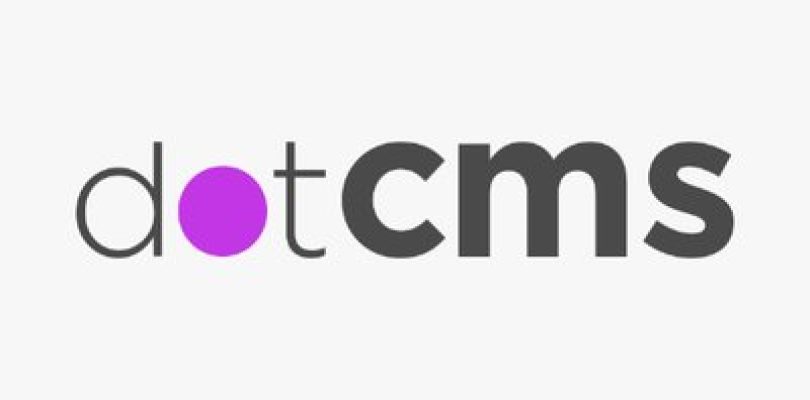dotCMS empowers users to build, deliver, and scale memorable and lasting customer experiences with their cloud-based or on-premise content management system. Used by Fortune 500 companies and mid-sized businesses, dotCMS enables organizations to create, reuse, store and manage content with crucial features, including content authoring, multichannel deployment, role-based access, REST-APIs, workflows, and analytics. dotCMS allows marketing teams to take control of their content with a NoCode authoring environment, including drag and drop builders for content, templates, layouts, and more. Managers can use the system’s search feature to retrieve documents and index the content and assets of a website. Additionally, the built-in SEO tool helps teams analyze keywords, compare pages, and optimize website visibility across various search engines. Built as an API-first platform, dotCMS allows users to easily integrate with third-party applications such as Marketo, Hubspot, Salesforce, SAP, Magento, Google Analytics, etc. dotCMS provides a variety of ways to evaluate the platform via their website, and pricing is available upon request.
Dotcms: review and short description
dotCMS Web Content Management (WCM) removes the technical issues that have long plagued the pace of website change, allowing organizations to bring ideas to market in days instead of weeks. By pairing an advanced and extensible Java architecture with a simple and intuitive user interface, your team can reduce time-to-market and site deliver traffic and create a targeted and engaging online experience.
You were designed to enable your business to deliver engaging, multichannel customer experiences that drive the success of your online business. From mobile to web to social syndication, dotCMS gives you the flexibility to meet, collect and respond to the needs of your users in real-time. This platform allows you to deliver targeted and relevant content for more online conversions. It empowers your marketing team with advanced tools for rapid rollout and management of new marketing campaigns, multilingual (i18n) content, and brand consistency across your multiple sites and channels.
dotCMS also offers a feature-rich development platform built with leading technologies. With a plug-in architecture, dotCMS allows your developers to quickly create and deploy customizations that are entirely separate from the core code so that you can keep your upgrade path. With support for lightweight RESTful web scripting, comprehensive APIs, and web services, dotCMS IT provides the flexibility to respond to the needs of business users within days rather than weeks.
Highlights: Content as a service, headless CMS, structured content, mobile and multi-screen experience, personalization, rules engine, customizable workflow, scalability and performance, document management, easy integration, and taxonomy management.
dotCMS is an Open Source Java Content Management System licensed under the GPL 3.0 and used to manage websites, intranets, and mobile applications. DotCMS (Headless CMS) REST APIs allow you to deliver content to almost any device with an internet connection.
To meet, collect, and respond to the needs of your users in real-time. This platform allows you to deliver targeted and relevant content for more online conversions. It empowers your marketing team with advanced tools for rapid rollout and management of new marketing campaigns, multilingual (i18n) content, and brand consistency across your multiple sites and channels.
dotCMS also offers a feature-rich development platform built with leading technologies. With a plug-in architecture, dotCMS allows your developers to quickly create and deploy customizations that are entirely separate from the core code so that you can keep your upgrade path. With support for lightweight RESTful web scripting, comprehensive APIs, and web services, dotCMS IT provides the flexibility to respond to the needs of business users within days rather than weeks.
Highlights: Content as a service, headless CMS, structured content, mobile and multi-screen experience, personalization, rules engine, customizable workflow, scalability and performance, document management, easy integration, and taxonomy management.




